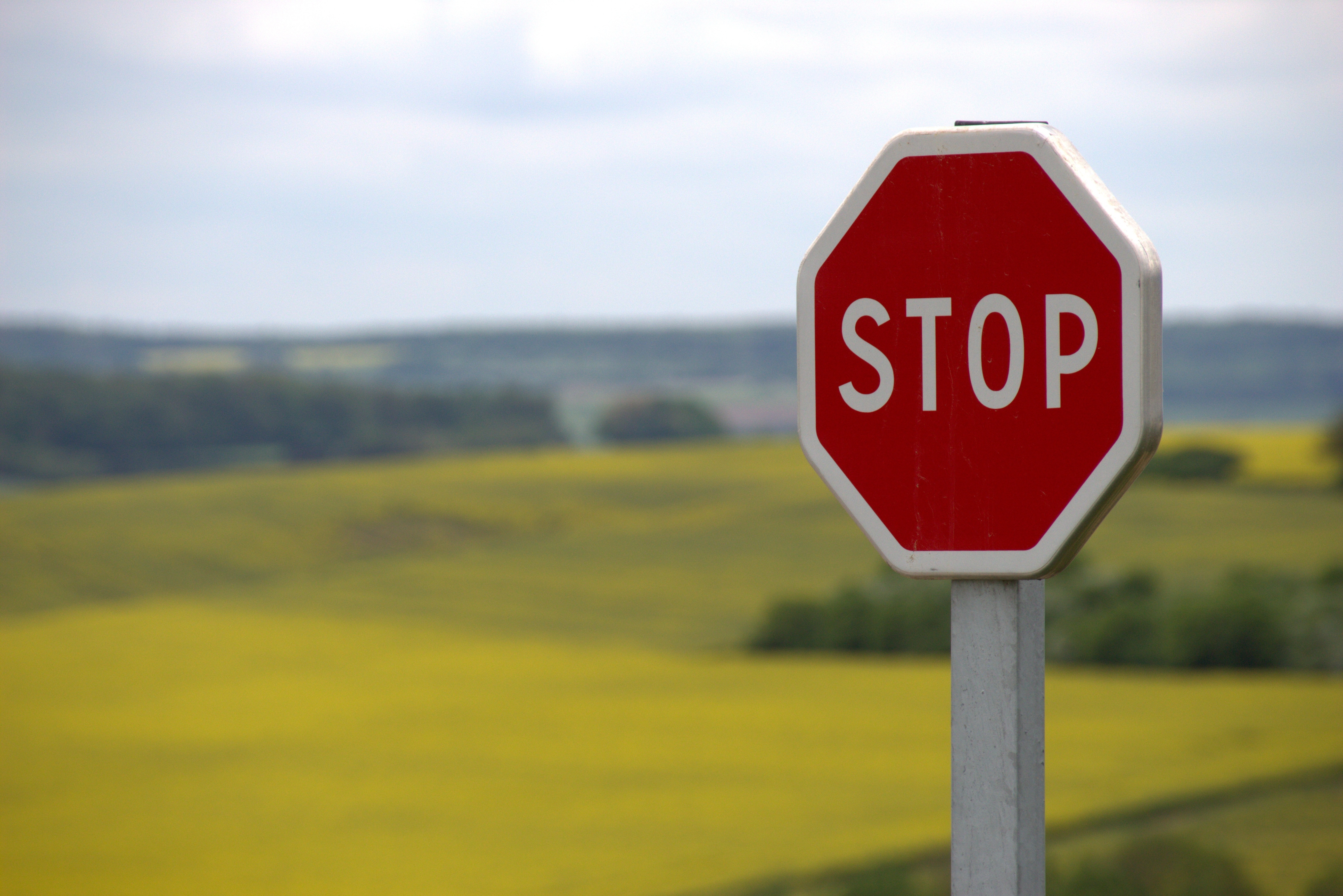To do Search Engine Optimization or SEO for a website, you need to follow On-Page and Off-Page Techniques. On-Page techniques are the changes you do on your website to optimize it, while Off-Page is performed on external websites to redirect the traffic. In this blog, you will learn the best practices of on-page optimization that do not require much effort, and anyone familiar with the website’s backend can perform it.
On-page optimization creates a huge impact on the website’s ranking, and if you use a blog, it would be best to learn these techniques to optimize every blog of yours independently.

Add Focus Keyword At The Top Of Your Content
There is no denying that you would try to use the focus keyword multiple times on the page. But placing it in the right place can also make a difference to the SEO.
Therefore, make sure to always include the focus keyword in the first paragraph of your website. It matters because search engines emphasize the words located at the top of a web page.

Write Unique Meta Tags
Avoid placing duplicate content at any cost. Google has also stated that one should avoid writing similar styles of content across your website.
Generally, if you publish content on your website, make sure that the content is 100% real and unadulterated. You should also follow this rule if you run a blog with a homepage and several blog posts.

Optimize The Loading Speed Of Your Website
Google never talks casually about the ranking factors and their algorithms. So whenever they talk about it, remember that it is important. Loading speed is one of the rarest ranking factors you should observe to improve your website.
This is something that you may or may not achieve without help but you can try using the PageSeed Insights tool, as it provides a detailed report on how you can improve the website loading speed. To improve the site speed, you can alternatively shrink the image size and CDNs.

Track Results Via Google Search Console
If you don’t use Google Search Console, then you are missing out on something massive. The Search Console acts as a live dashboard that helps you know how well your website ranks in the SERPs (Search Engine Results Pages).
Keep a regular check on performance as it informs how many users have clicked and gone through your website. Remember to regularly check Coverage, which lets you know how many pages Google has indexed.

Try Internal Linking
Internal Linking is one of the best SEO practices to use. All you need is to add a link from one page of your website to another page of your website. Interlinking is a great way to attract more users as well as new users. You can also use Keyword-rich anchor text that lets Google figure out what your page or content is all about.
By following the given steps, you will be making sure that all the best practices of On-Page optimization are achieved on the website.
